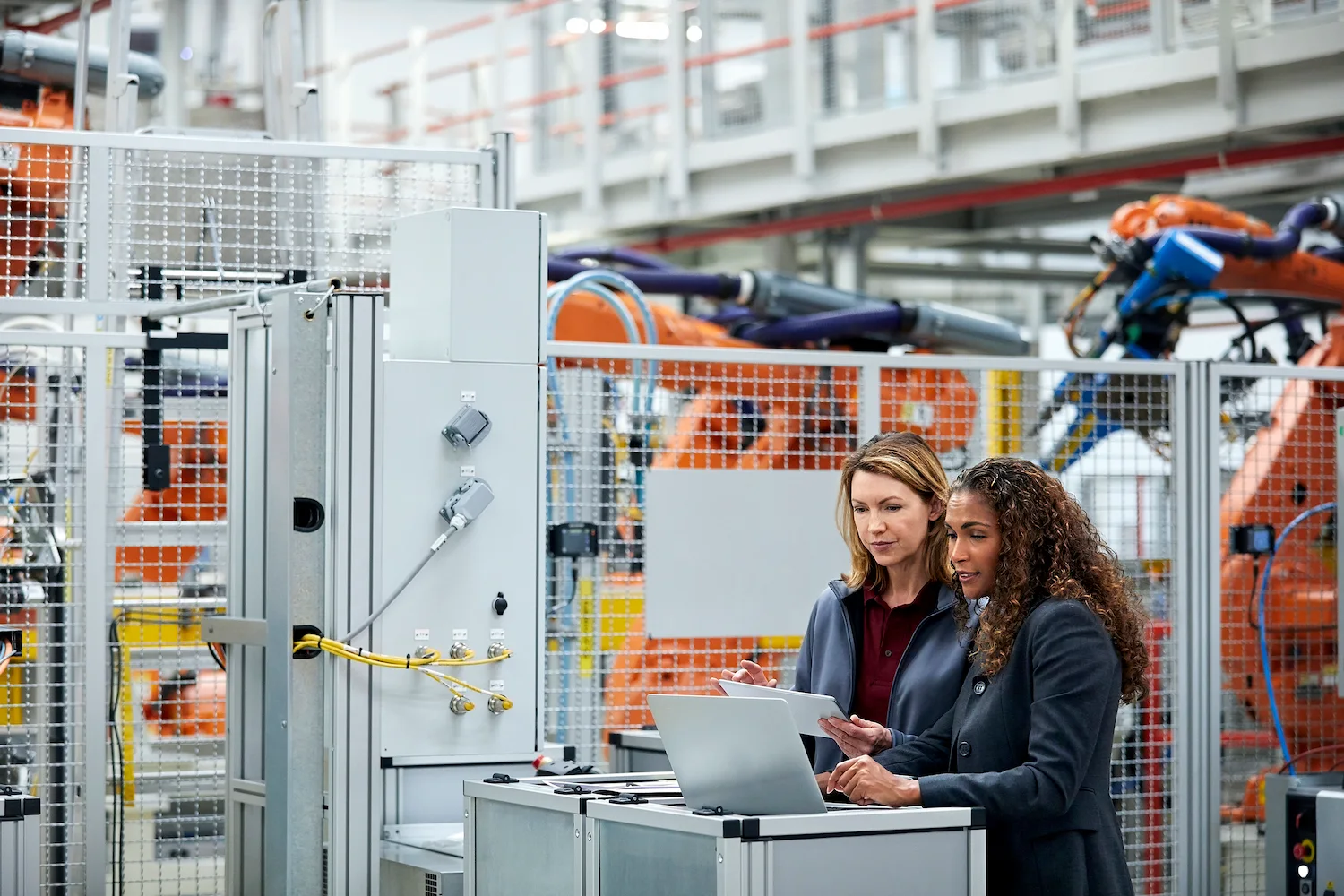The other day, a pretty big package arrived at my house.
I was puzzled trying to remember what I had ordered. When I picked up the package, I was even more confused. It was light as a feather. It turns out, a very small item had been shipped in a very big box. As someone who has spent almost two decades in the product and packaging industry, I couldn’t help but laugh.
But also, it was frustrating.
This is commonplace in the industry now. Between eCommerce, consumer demands, and shipping speed expectations, we ship smaller items more frequently to individual buyers. Which means complex games of tetris on distribution vehicles, and oftentimes, major hits to sustainability during transport in areas like material overuse or unused truck capacity. But now, the industry answers to more stakeholders and regulations. For example, Extended Producer Responsibility (EPR) is forcing companies to act on an array of sustainability measures or get fined.
But how do you bridge the gap between efficiency and sustainability?
The secret: specification data.What something is made of, how it’s made, and how it’s transported all impact the sustainability of a product. Sustainability is not just an ethical objective, but it’s good for the bottom line particularly when applied to packaging. The key to activating these benefits is to closely monitor progress against your sustainability goals.To better understand the metrics which optimize performance we surveyed hundreds of packaging experts. Here are the top five metrics they reported utilizing.
Sustainability metrics you can impact through pallet optimization
- Carbon footprint reduction. Better transportation management has a big impact on air pollution. The average freight truck in the U.S. emits 161.8 grams of CO2 per ton-mile. By optimizing truck loads you reduce the number of trucks being used. Fewer trucks means less emissions.
- Route optimization. It’s not enough to fill a truck to capacity, we also have to take into account the route that it will drive to distribute materials. With the right planning, you can limit wear and tear caused by long journeys reducing the material needed to protect goods.
- Supply chain optimization. Matching the quantity of raw materials delivered to the specific quantity needed for production drives cost savings and eliminates waste.
- Increase pallet innovation. IKEA eliminated wood pallets by constantly seeking new ways to re-engineer high impact processes. Measuring innovation can be done on many vectors from measuring revenue impact of new ideas, to calculating cost savings of taking a new approach.
- Material reduction. One of the most tangible ways to measure sustainability progress is to track reduction in materials. The impact of material reduction is felt in many ways including less packaging material overall, less emissions required to transport the material and fewer trucks needed to transport end products. Even small changes can add up over time. You can explore reducing gaps between products, altering the size of a shipment and cutting the size of the material utilized.
Learn How to Start Impacting Sustainability Through Palletization
Supply chain disruptions, offsetting inflationary costs, and fluctuating demand has made 2022 the year to focus on packaging and pallet optimization. That’s why we conducted a research report surveying more than 450 respondents to understand the state of packaging and pallet optimization and make recommendations to build a more sustainable and efficient future. Read the full study here.
Without a plan tracking these packaging and pallet sustainability metrics can be time consuming, error-prone and painfully manual. But it doesn’t have to be that way. With Specification Management, crucial sustainability data can be accessed at the touch of a button.
Want to learn more? Download our recent eBook, How to Reduce Costs and Drive Sustainability.
Find out how to:
- A brief overview of packaging market dynamics
- How companies can use packaging data to drive spend reduction
- How to evaluate sustainability and take your packaging reduction initiative to the next level
Explore More Blogs
Get Started
With Specright’s Solution Suite, you can digitize, centralize, and link your specification data to drive efficiencies, intelligence, traceability, and collaboration within your organization and across your supply chain network.




